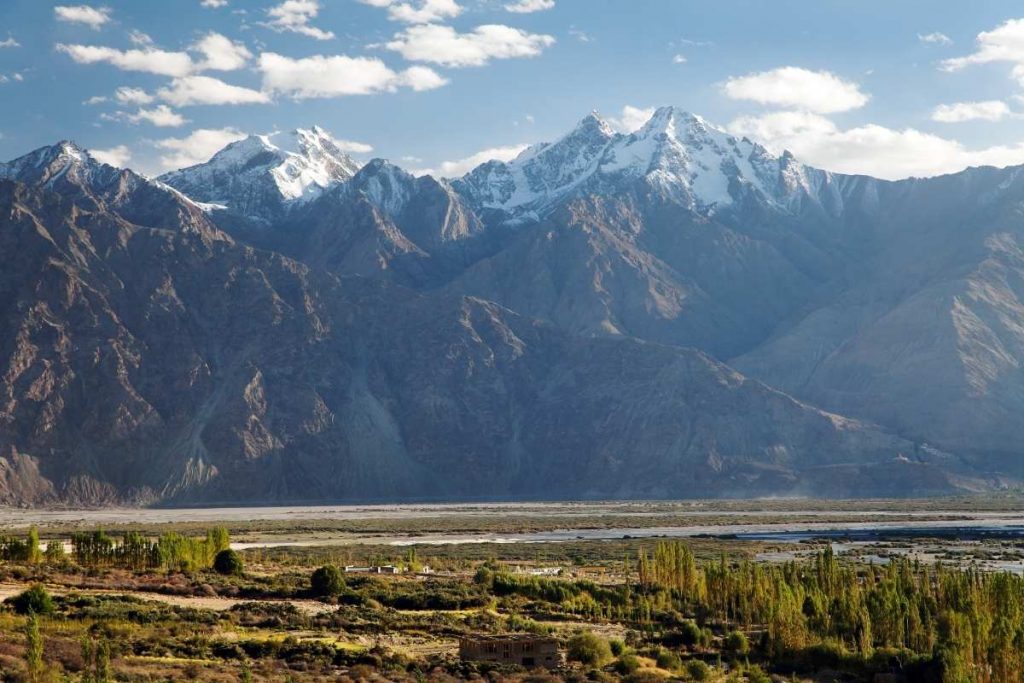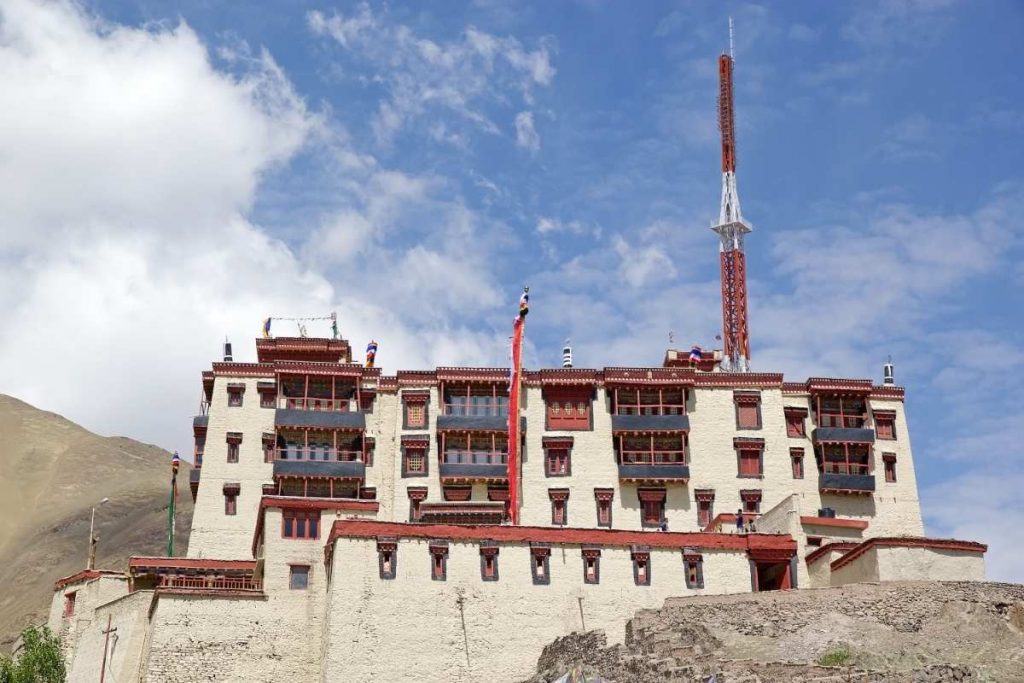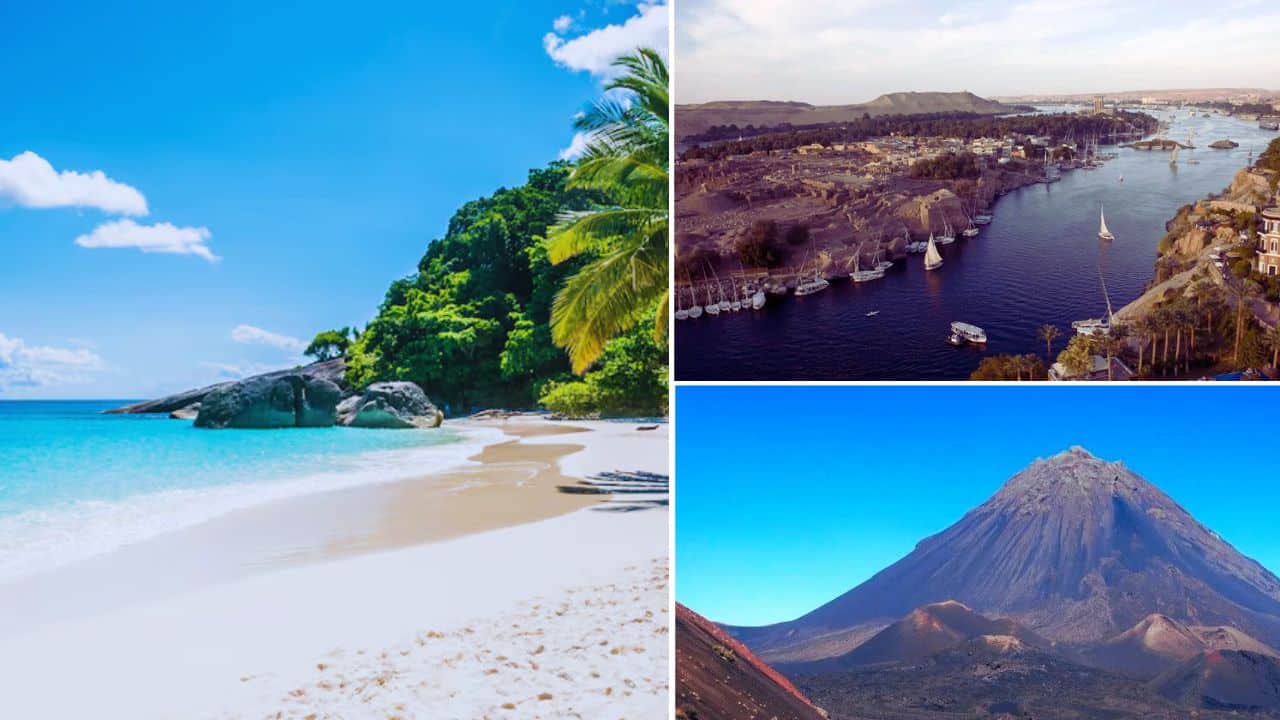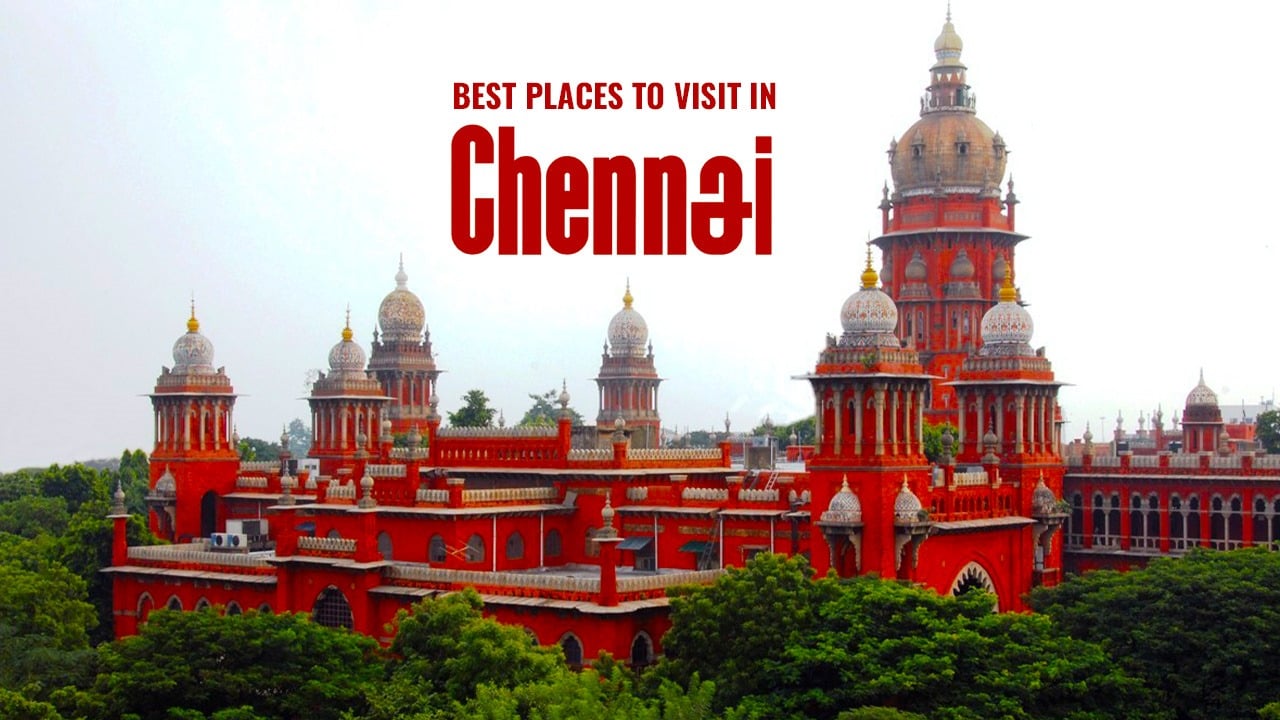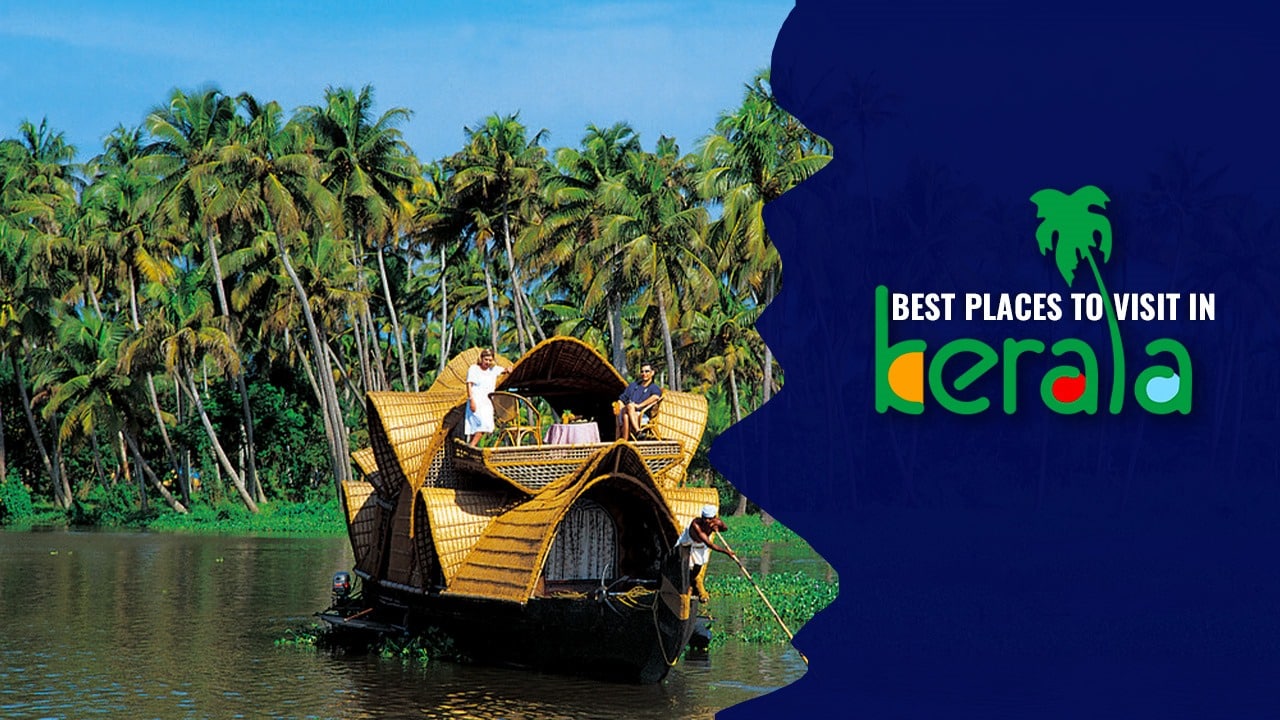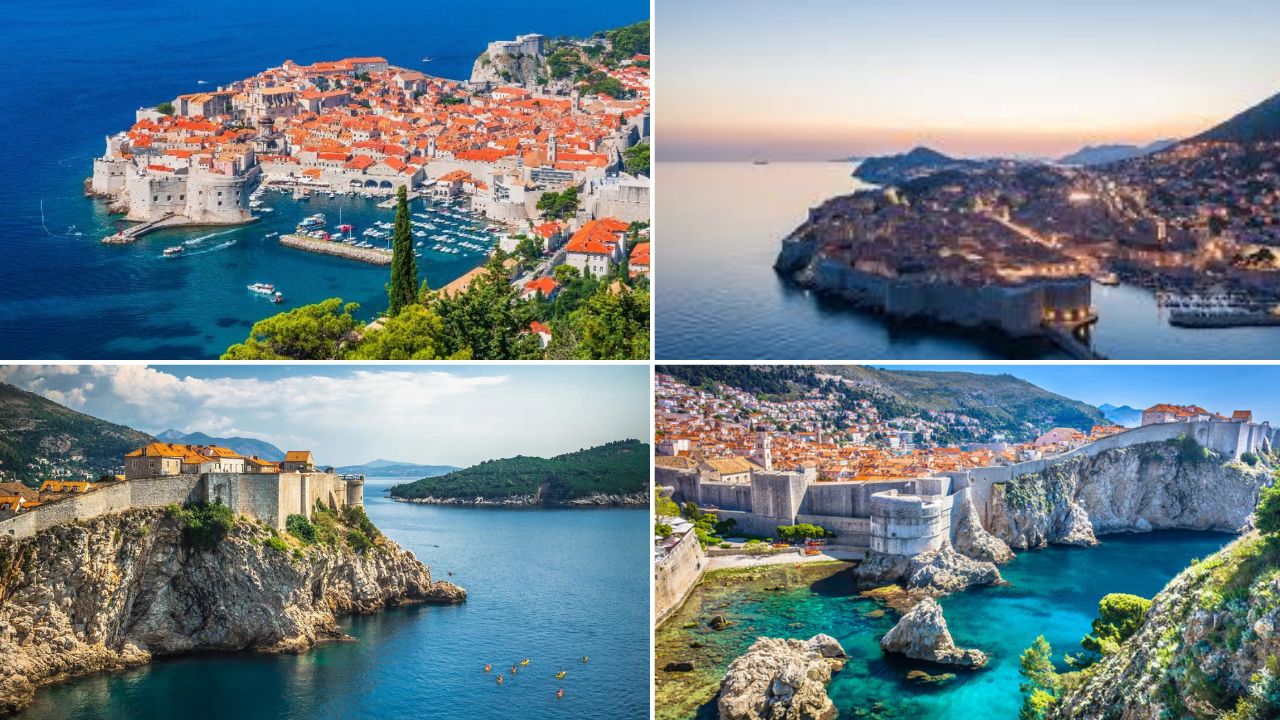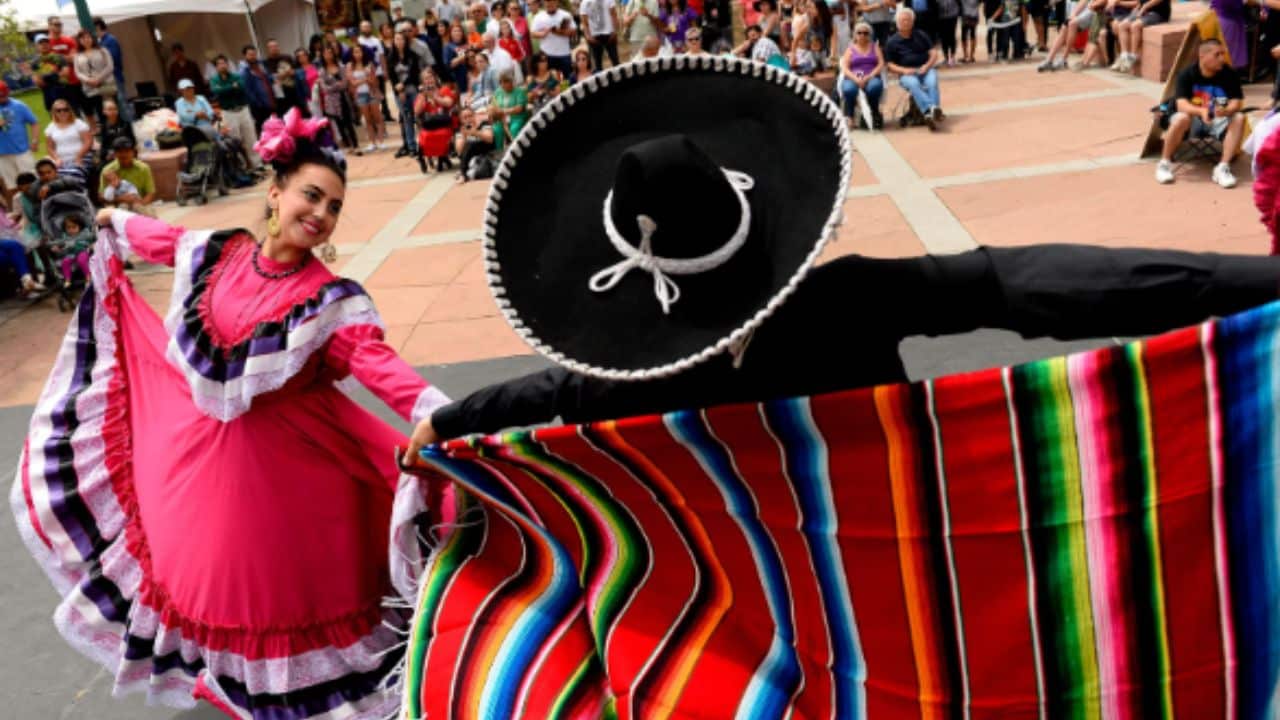Ladakh inspires with its majestic high mountain scenery, the Ladakhi monasteries, and the Gompas often built in a bizarre way into massive mountain flanks. The history of Ladakh is closely linked to the history of Tibet, which gives the whole Himalayan region its historical and present-day cultural character.
The origins of Tibetan Buddhism are still alive here and visible in the multitude of monasteries still in operation. However, only in these high valleys on the other side of the Chinese/Tibetan border, in Ladakh, has Tibetan Buddhism been able to survive to this day.
Therefore, a journey through Ladakh leads us to the roots of the original Tibet. In 1994, the Indian government also opened the Nubra Region in northern Ladakh, which is unique in terms of landscape and cultural history to foreign visitors; geographically, it is already part of Tibet.
Nubra Valley
A paradise on earth, the Nubra Valley is a three-armed valley located 150 kilometers north of Leh. The beautiful valley features the confluence of the Shyok and Siachen rivers, white sandy deserts, beautiful villages, bright streams, and rugged mountain peaks. It lies peacefully on the slopes of the Karakoram Mountains.
Zanskar Valley
The most remote corner of Ladakh, the Zanskar Valley, is a pristine hilltop retreat with a beautiful Tibetan monastery complex surrounded by snow-capped peaks. Experience the Buddhist cultures and picturesque scenery at both attractions. In addition, you can camp at Pensi La Pass, explore Gelugpa Monastery in Karsha village and admire the wall art at Labrang. These are the best places to visit on a Ladakh trip, offering a fantastic travel experience with history, culture, tradition and a stunning natural retreat.
The majestic 9-story Royal Palace of Leh
The Royal Palace resembles Lhasa’s Potala Palace, a 9-story building surrounded by a museum and some royal artifacts. It has been renovated, and the view from the heights is breathtaking. Be sure to explore the beautiful architecture.
Hemis National Park
The Hemis National Park is located in the eastern Ladakh region of Jammu Kashmir and is known to be the home of snow leopards. Dating back to 1981, this wildlife reserve is the best to protect the highest density of snow leopards in the world. It is also home to 16 species of mammals and 73 species of birds – as per records.
Hemis Monasteries
Hemis Gompa is located about 40 kilometers southeast of Leh and is the largest, richest, and most famous monastery in Ladakh. This was built during the reign of Ladakhi King Singe Namgyal in 1627 AD. It displays many beautiful paintings, gilded stupas, and statues of Lord Buddha.
Stok Palace
The Stok Palace from the early 19th century is the exile home of the royal family of Ladakh, who still live there today. There is also a museum there that houses some of Ladakh’s historically priceless treasures. Among them is the 7th-century headdress of the Chinese bride of King Songtsen Gampo of Tibet, thangkas (scroll paintings) depicting the life of Buddha Shakyamuni, and many ornaments of the royal family and their ancestors.
Pangong Lake
Located at an altitude of 4350 meters on the Indochinese border, Pangong Lake is one of the most visited tourist destinations in Ladakh, known as the Hollow Lake or Pangong Tso, one of the largest saltwater lakes in Asia. It is blessed with stunning surroundings that anyone can fall in love with.
Thiksey Monastery
Thiksey is a small village in Ladaque, northwestern India. It belongs to the district of Leh. In 2011 it had 2237 inhabitants. It is located on the northern bank of the Indus River, at an altitude of about 3,300 meters. On the other bank of the river lies the village of Chuchoot Gongma.
Thiksey is crossed by the Manali-Lé road and is 5 km southeast of Shey, 18 km southeast of Lé, 29 km northwest of Upshi, 340 km northeast of Keylong, and 455 km north of Manali. The Buddhist monastery of Thiksey is located on a cliff above the northern part of the village. It is one of the largest and best-known monasteries in Ladakh.
About Ladakh
Little Tibet – Western Tibet -Indian Tibet – all second names for Ladakh, the land of high passes between the Himalayas and the Karakoram.
As much as Ladakh has in common with Tibet, it is an independent region with much to offer: Ladakh offers a unique landscape that is virtually predestined for hiking and trekking, monasteries that allow immersion in Buddhism, peaks that invite mountaineering, and much more.
Geographically, the Himalayan kingdom of Ladakh is one of the most remote corners of India, with a unique and vibrant culture and tradition. The friendly and very helpful people, their faith and strength, religious ceremonies, monastery festivals and monks, oracles, and shamans are fixed features of Ladakh.
Arts and crafts like metalwork, painting, weaving, and carving can be found everywhere in this region.


